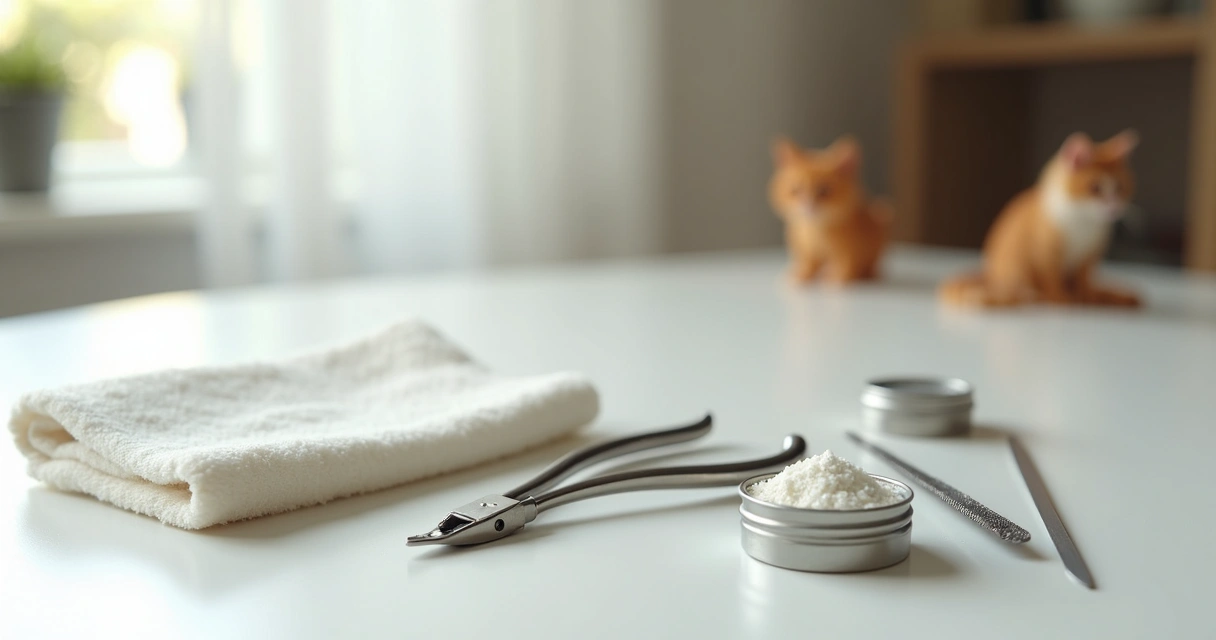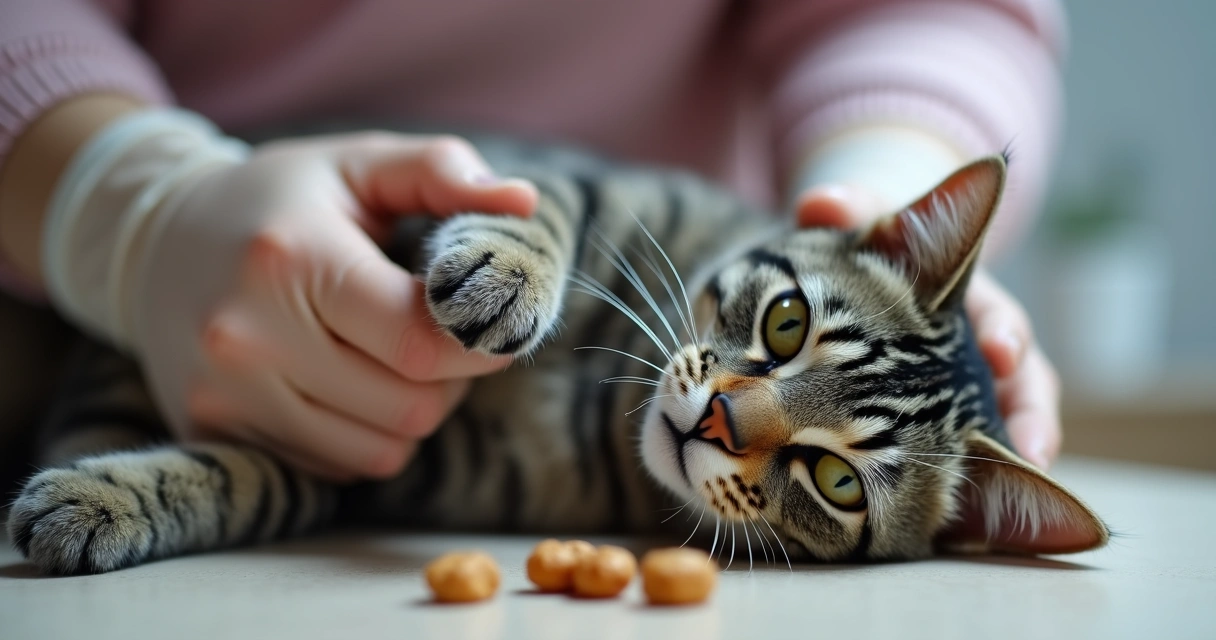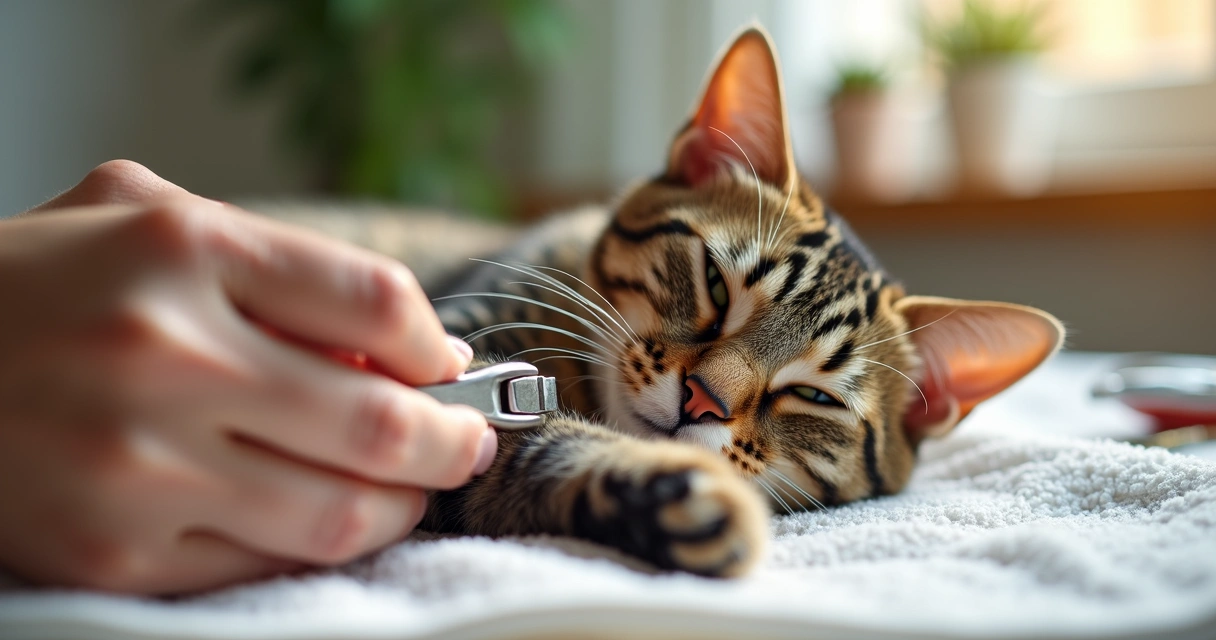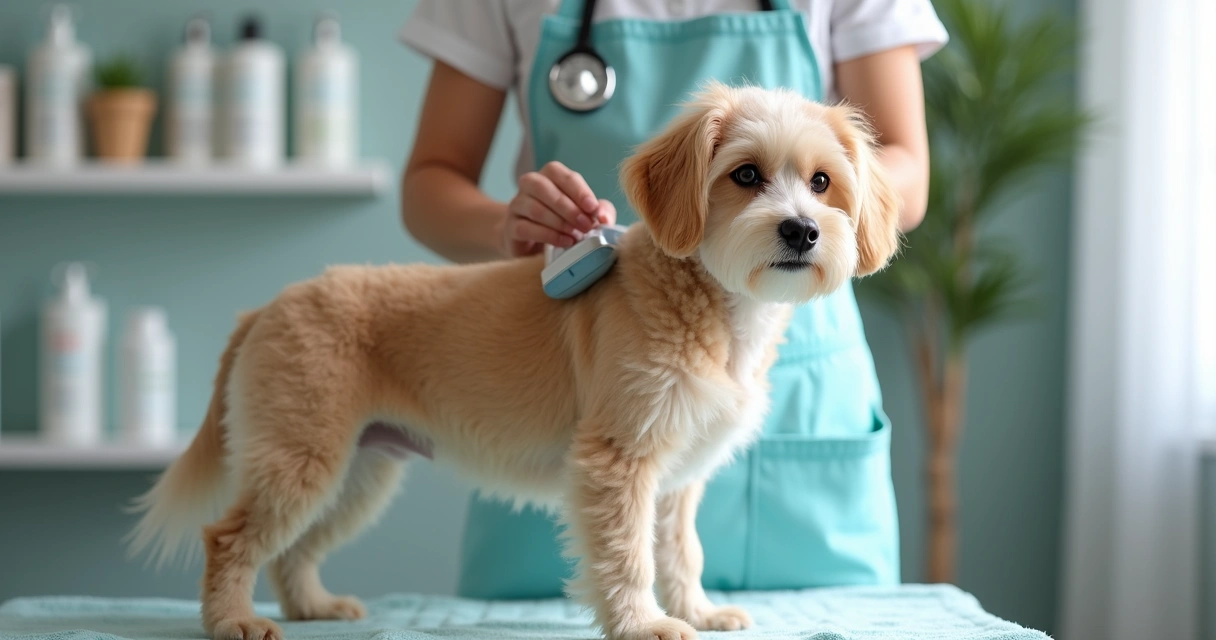You have the clippers ready, your cat’s paw in hand—then, suddenly, things don’t go as planned. Cat nail trimming seems simple, but the reality? It’s more than a two-minute chore. In fact, it can quickly turn into a full story complete with plot twists, mystery, drama, and, honestly, at times a little confusion. Here are seven things most people never tell you about what it’s really like to give your cat a nail trim, and why at Dogtown, we turn even this challenge into a positive experience for your pet.
1. Most pet owners overestimate how often it’s needed
If you think once a season is OK, think again. Many cat owners are surprised to learn that nail trims actually need to happen a lot more often. According to Purdue University College of Veterinary Medicine, cats benefit from trims every one to three weeks—especially indoor cats whose nails don’t wear down naturally outside.
But here’s the catch: plenty of owners never trim at all. Studies show 40.1% of cat owners do so frequently, but many skip trimming because their cat won’t allow it, while others believe trimming is unnecessary. Yet just waiting until you hear clicking or get a scratch during playtime isn’t the best plan—those nails can snag on fabrics, curl into paw pads, or even increase the risk of unwanted scratching behavior indoors. As recent research highlights, proper nail maintenance isn’t just cosmetic; it's linked to fewer behavior problems.
2. Even calm cats can surprise you
You know your cat. Or so you think. Calm, friendly cats sometimes act like a completely different animal during a nail trim. Some freeze, some wriggle, and some simply vanish at the faintest sound of nail clippers.
Every cat has a different 'trimming personality.'
That’s one reason the Dogtown grooming team includes a pre-enrollment assessment for all new guests. We take the time to observe your cat’s responses, which helps us avoid surprises (for both our staff and for your pet) during grooming. At home, be prepared: fold towels, keep treats close, and bring lots of patience. The “easy” cats? Sometimes, they just aren’t.
3. Most people use the wrong tools (or none)
You might be surprised to find that 32% of U.S. cat owners don’t own cat grooming tools at all. No brush, no clippers, no file. If you’ve ever tried to use big dog clippers, or—worse—human nail scissors, you know the feeling of scissors slipping, nail splitting, or, worst of all, the quick getting nicked.
Quality trimmers made for cats really do make a difference. If you’re not sure which ones to choose, visiting a trusted grooming provider like those found at Dogtown’s cat grooming services makes it easy: we provide the best tools and gentle handling. At home, avoid improvising; it rarely ends well. And keep those tools clean too—dirty blades cause more pain than sharp ones.

4. The quick is easy to miss, and accidents happen
If you’ve never trimmed a cat’s nails, it’s easy to picture a clear difference between the hard nail and the sensitive quick. In real life, especially with darker nails, it can be almost impossible to see. Even pros sometimes nick the quick.
Accidents are part of the process. And most cats forgive quickly with a gentle word, a snack, and some quiet time. But it’s still stressful for both. At Dogtown, we prioritize gentle handling and will always inform you if something unexpected happens. If you’re trimming at home, keep styptic powder handy (cornstarch works in a pinch) and don’t beat yourself up for minor mistakes. Even the best of us get it wrong sometimes.
5. Nail trims aren’t just about claws
Trimming your cat’s nails is about more than just shorter claws. There’s a real connection between nail trims and your cat’s well-being, which is why our grooming team at Dogtown uses each session as a chance for a general check-up. Sometimes while trimming, you notice cracked nails, splits, knots in fur around the paw, or even small cuts or skin problems.
A nail trim helps spot early health issues.
Checking each paw, looking for wounds or irritations, means you catch health problems early. Plus, if your senior cat or kitten starts limping, regular trims make it easier to notice and get help fast.
6. The stress factor: yours and theirs
Sometimes the hardest part isn’t your cat’s claws, but your own nerves. Cats, by nature, pick up on stress so quickly. If you tense up during a nail trim, they know before you do. The cycle feeds itself: you worry, your cat struggles, your hands sweat, the session falls apart.
Studies recommend low-stress handling, sometimes even anesthesia—according to 2022 AAFP/ISFM Cat Friendly Veterinary Interaction Guidelines—for highly anxious or stressed cats. At home, you probably won’t have an option for anesthesia, but there are steps you can take: soft voices, yummy treats, and waiting for quiet moments when your cat feels sleepy or relaxed.
Our staff at Dogtown specialize in positive reinforcement and gentle guidance, making the whole experience less of a battle and more of a routine. For those who struggle at home, scheduled trims at Dogtown’s grooming suite can bring real relief—for both of you.
7. A single bad trim can set things back… but habits matter more

A painful or rushed nail trim can make cats reluctant for months. But with regular, positive sessions—even if only one or two nails are trimmed at a time—most cats can adjust. Use treats, praise, and, if needed, ask for professional help. That’s the difference you’ll find with the Day Camp and grooming crew at Dogtown: we build positive experiences every visit, whether for frequent trims, [pet boarding](https://www.dogtowndaycare.com/boarding), or even training sessions for anxious cats.
- Tip: Try trimming one or two nails per session if your cat gets stressed, and always end on a good note. Over time, even the jumpiest cats can learn to tolerate—and even accept—regular handling.
If you want support developing better grooming routines, personalized training and behavior guidance are available at Dogtown to help even resistant cats get more comfortable with trims.
So, what’s next?
For some, cat nail trims are quick and forgettable. For many, they’re complicated, stressful, and filled with surprises. But with the right approach, patience, and a little help, you can transform them into a chance for health, connection, and calm. At Dogtown, we turn every grooming or daycare visit into a positive experience—tailored to your pet’s needs, at their pace.
Ready to turn a chore into a treat? Schedule a grooming or personalized assessment with Dogtown to give your cat a stress-free, gentle nail trim—and maybe learn something new about your four-legged friend.
Frequently asked questions
How often should I trim cat nails?
Most cats benefit from nail trims every one to three weeks, according to recommendations from Purdue University College of Veterinary Medicine. Regular trimming prevents overgrowth, accidental snags, and injuries. If you notice nails curling, getting stuck in fabric, or clicking on hard floors, it may be time for a trim.
What tools do I need for trimming?
You’ll need pet-specific nail trimmers designed for cats, a soft towel to hold your cat safely, and styptic powder or cornstarch to stop bleeding if the quick is accidentally cut. Clean tools work best. Avoid improvising with human or dog clippers, as this can cause splitting or pain.
How to calm cats during trimming?
Pick a quiet room and trim nails during a calm moment, like after play or meals. Use gentle voices and offer treats before, during, and after. Wrapping your cat in a towel (“kitty burrito”) can help, and only trim what your cat allows—don’t force the entire trim in one go if they're stressed. Professional groomers at Dogtown use gentle handling and positive reinforcement, making trims less stressful for cats and owners.
Is it safe to trim cat nails?
Yes, when done with care. Always use the right tools and work slowly, trimming only the sharp, pointed tip. If unsure about where the quick is, trim less rather than more. For highly anxious cats—or those prone to scratching—seeking professional help from trained staff, like those at Dogtown, can ensure a safe experience.
What to do if I cut too deep?
Stay calm. Press styptic powder or cornstarch gently onto the nail tip to stop bleeding. Comfort your cat with quiet words and treats. If bleeding doesn’t stop after several minutes or if your cat is in pain, consult your vet. Most small nicks heal without complications, but your cat may be more cautious during the next session, so take it slow and keep things positive.





